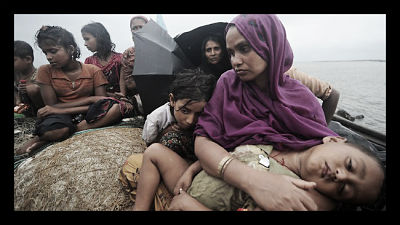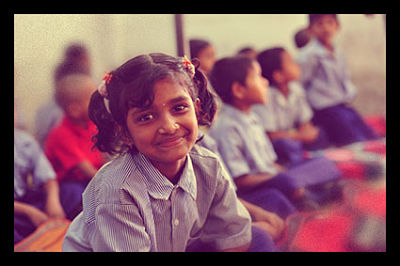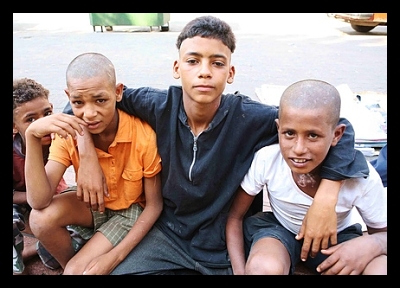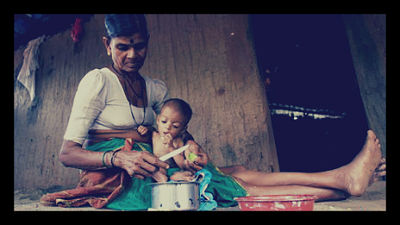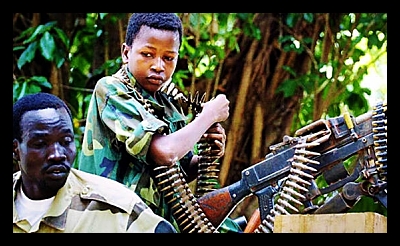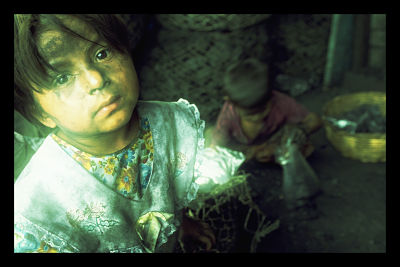
Giving Children Hope (GCHope) is a grassroots organization that strives to do just what its name suggests: focus on the social, economic and health needs of impoverished children around the world. GCHope aims to achieve this through disaster relief, health and community development, and vocational training in developing countries.
President and CEO John Ditty and his wife developed the idea of GCHope in 1993 after deciding to make it their lives’ aims to help the world’s disadvantaged youth, both at home in the United States and internationally. Though the program started by merely delivering medical supplies to regions of developing countries with the least access to health care, the Dittys soon realized that they needed to do more.
As they recognized that children were necessarily a part of families and wider communities, the Dittys expanded GCHope to include community medical clinics and micro-enterprises, immediate disaster relief, and increased family health care coverage in some of the world’s most disadvantaged regions.
GCHope doesn’t take its mission statement lightly, and has been working tirelessly for the last 20 years to make a difference in children’s lives in every corner of the globe. In 2008, GCHope led an initiative to send cholera medicines to Zimbabwe after an outbreak.
One year later, in 2009, the group partnered with Not For Sale to establish clinic in Northern Thailand for children rescued from slavery. In order to raise funds for the latter project, GCHope teamed up with the Not For Sale campaign, International Justice Mission, and Free the Slaves to produce a documentary called Call + Response that supported human rights activism against human trafficking.
In 2010, GCHope was one of the first to respond to the Haiti earthquake and begin collecting donated supplies.
GCHope believes that it can empower “disenfranchised communities” and elevate them out of poverty by instilling hope and leadership capabilities into society’s youngest members. When the children in a community are healthy, well educated, hopeful and stable, the cycle of poverty is more likely to be broken.
If children are truly the hope of the future, organizations like GCHope may be the key to unlocking the children’s potential.
– Alexandra Bruschi
Source: Call and Response, Giving Children Hope, OC Register
Photo: WFP

